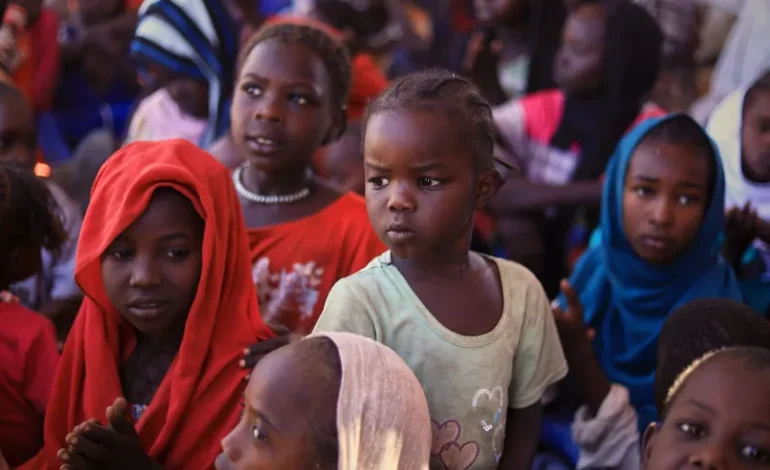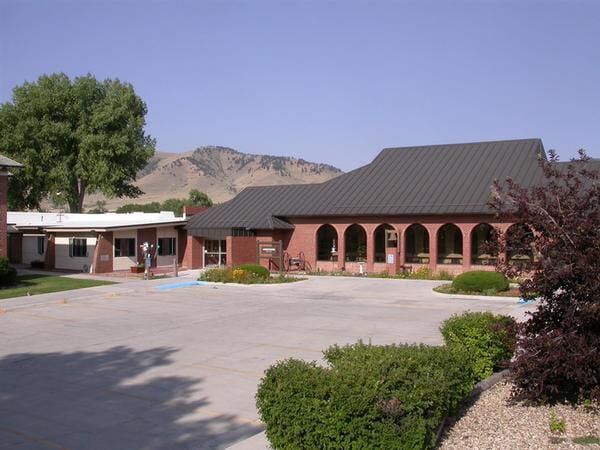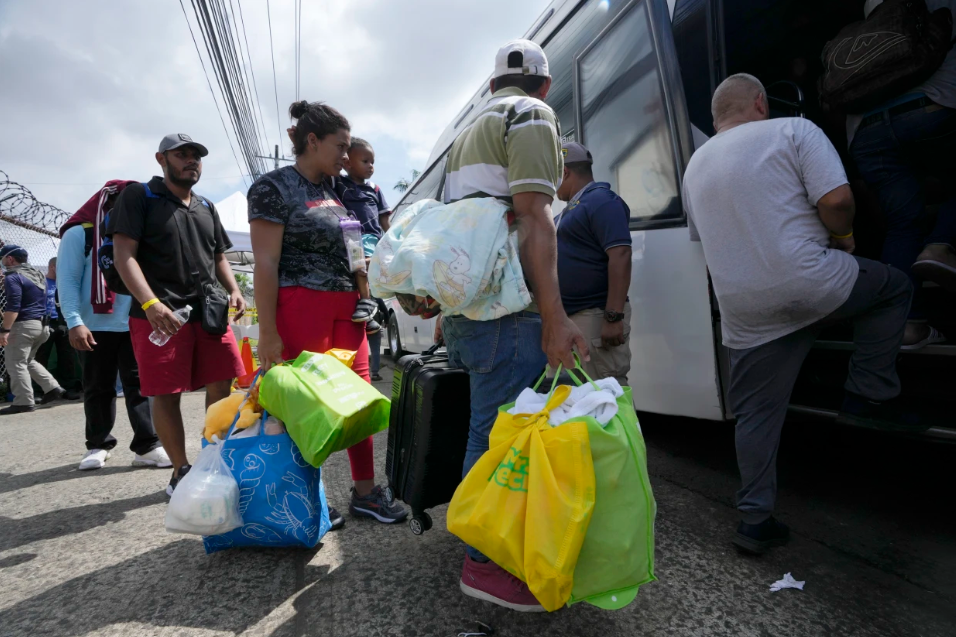Famine Takes Hold in Two Sudan Regions, With Worse Likely on the Way

With input from AP, NPR, and the Hill.
Famine has officially hit parts of Sudan — and it could spread fast. A new assessment from the Integrated Food Security Phase Classification (IPC), the global benchmark for hunger crises, says famine is underway in el-Fasher (Darfur’s biggest city) and Kadugli in South Kordofan, with 20 more areas in Darfur and Kordofan on the brink.
This is not a slow-burn disaster; it’s man-made and accelerating. The Rapid Support Forces (RSF) besieged el-Fasher for 18 months, choking off food and essentials before taking the city last week amid reports of mass civilian deaths. Kadugli has been encircled for months too, leaving tens of thousands trapped as the RSF presses to seize more ground from the army.
The IPC doesn’t use the word “famine” lightly. It requires multiple red lines to be crossed: catastrophic hunger for at least 20% of households, acute malnutrition in at least 30% of children under 5 (or 15% by mid-upper arm size), and deaths of two people per 10,000 per day (or four children). El-Fasher and Kadugli meet those thresholds — with what the IPC calls a “total collapse of livelihoods,” starvation, and extremely high malnutrition and death.
Sudan’s war, raging since April 2023, has already displaced 14 million people and, according to the UN, killed more than 40,000 (aid groups say the real toll is likely far higher). The new report estimates about 375,000 people in Darfur and Kordofan are already in famine conditions, and another 6.3 million face extreme hunger across the country.
The crisis is spreading beyond city limits. Towns near el-Fasher — Tawila, Melit and Tawisha — are flagged as high risk as desperate families flee the fighting. Doctors Without Borders staff in Tawila report “catastrophic” malnutrition among new arrivals: on one day alone, all 70 children under five screened were acutely malnourished; 57% were severe cases. Adults are turning up malnourished too. Some families say they survived the siege by eating animal fodder.
Despite the nationwide emergency, the picture is uneven. The IPC notes a 6% drop in overall acute food insecurity (to 21 million people, about 45% of the population) compared with earlier this year — mostly because fighting eased in Khartoum, Gezira and Sennar, letting some aid in and enabling over a million people to go home. But in Darfur and Kordofan, the trend is the opposite: more violence, less access, worse hunger.
Bottom line from the IPC: this is a man-made emergency, and the only move that can truly stop the dying is a cease-fire — to reopen roads, restore aid, and pull communities back from the edge. Without it, famine won’t stay confined to two dots on the map.









The latest news in your social feeds
Subscribe to our social media platforms to stay tuned